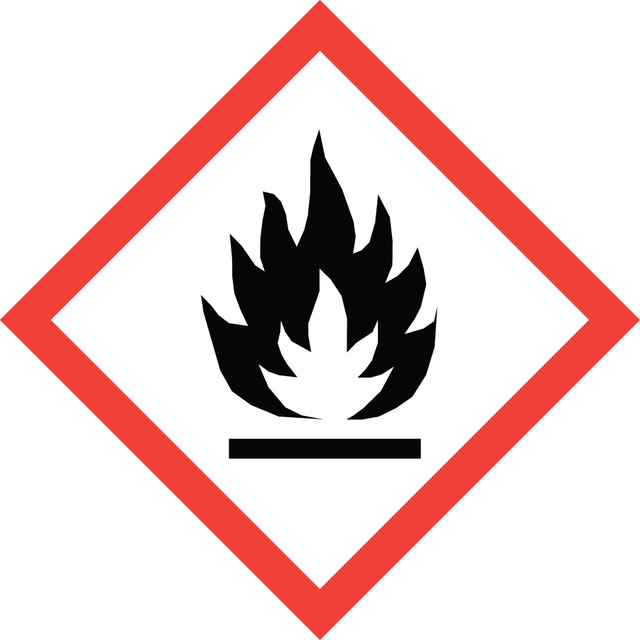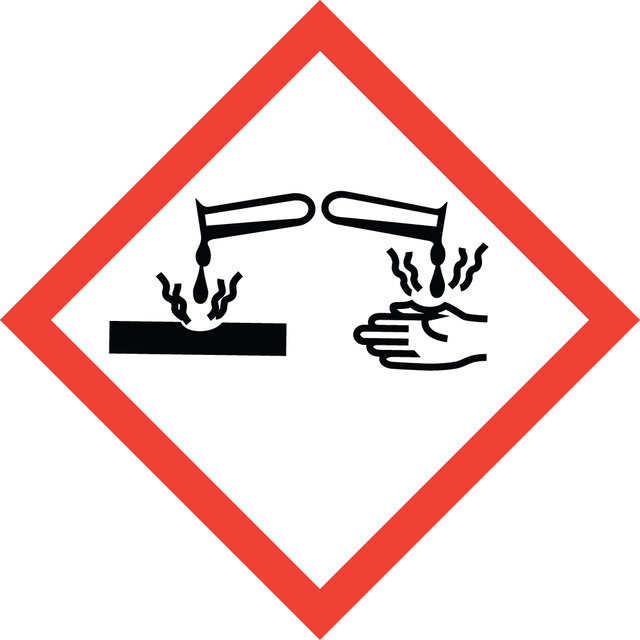901351
1-Butanol
BioRenewable, ACS reagent, ≥99.4%
Synonym(s):
n-Butanol, Butyl alcohol
About This Item
grade
ACS reagent
Quality Level
vapor density
2.55 (vs air)
assay
≥99.4%
form
liquid
autoignition temp.
649 °F
expl. lim.
11.2 %
greener alternative product characteristics
Safer Solvents and Auxiliaries
Use of Renewable Feedstocks
Learn more about the Principles of Green Chemistry.
sustainability
Greener Alternative Product
renewable carbon content
100%
Looking for similar products? Visit Product Comparison Guide
General description
This ACS grade 1-Butanol is a drop-in replacement for traditional 1-Butanol applications. Made from 100% renewable carbon (verified through C14 ASTM D6866-16 testing) and produced in an environmentally-friendly way which reduces the carbon footprint of production and reduces reliance on fossil-fuels.
It is also free from many contaminants that are present in petroleum derived 1-Butanol, such as isobutanol and aldehydes.
Application
1-Butanol may be used in applications such as:
- Extraction and purification of compounds
- Solvent in chemical synthesis
- Intermediate in polymer synthesis
- Adhesives and sealants formulation
- Coatings
Features and Benefits
- ASTM D6866 - Standard Test Methods for Determining the Biobased Content
- Renewable Carbon Content – ≥99.9%
- Made from Renewable Resource
- Replacement for Petroleum-based 1-Butanol
signalword
Danger
Hazard Classifications
Acute Tox. 4 Oral - Eye Dam. 1 - Flam. Liq. 3 - Skin Irrit. 2 - STOT SE 3
target_organs
Central nervous system, Respiratory system
Storage Class
3 - Flammable liquids
wgk_germany
WGK 1
flash_point_f
95.0 °F - Pensky-Martens closed cup
flash_point_c
35 °C - Pensky-Martens closed cup
Choose from one of the most recent versions:
Certificates of Analysis (COA)
Don't see the Right Version?
If you require a particular version, you can look up a specific certificate by the Lot or Batch number.
Already Own This Product?
Find documentation for the products that you have recently purchased in the Document Library.
Our team of scientists has experience in all areas of research including Life Science, Material Science, Chemical Synthesis, Chromatography, Analytical and many others.
Contact Technical Service

